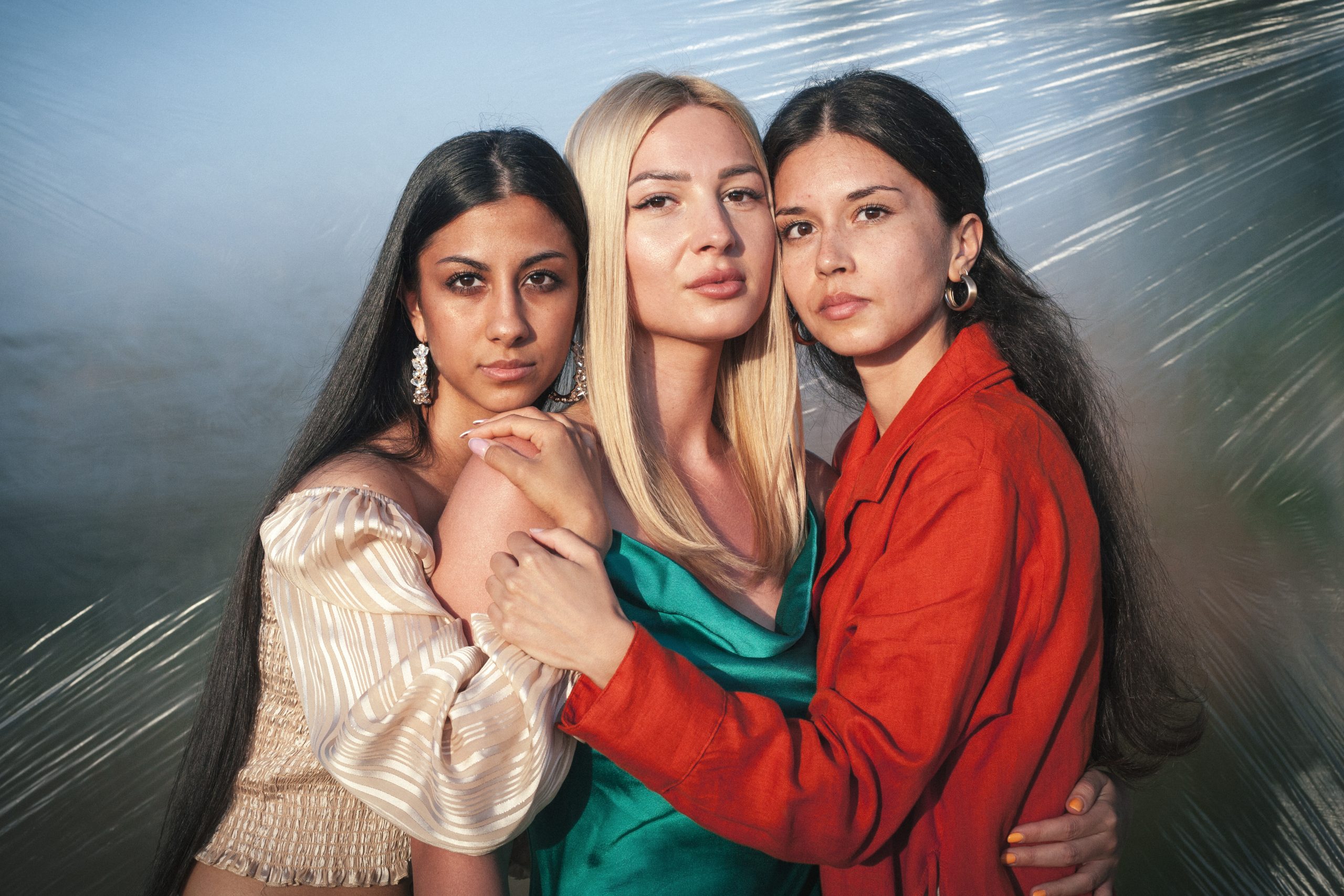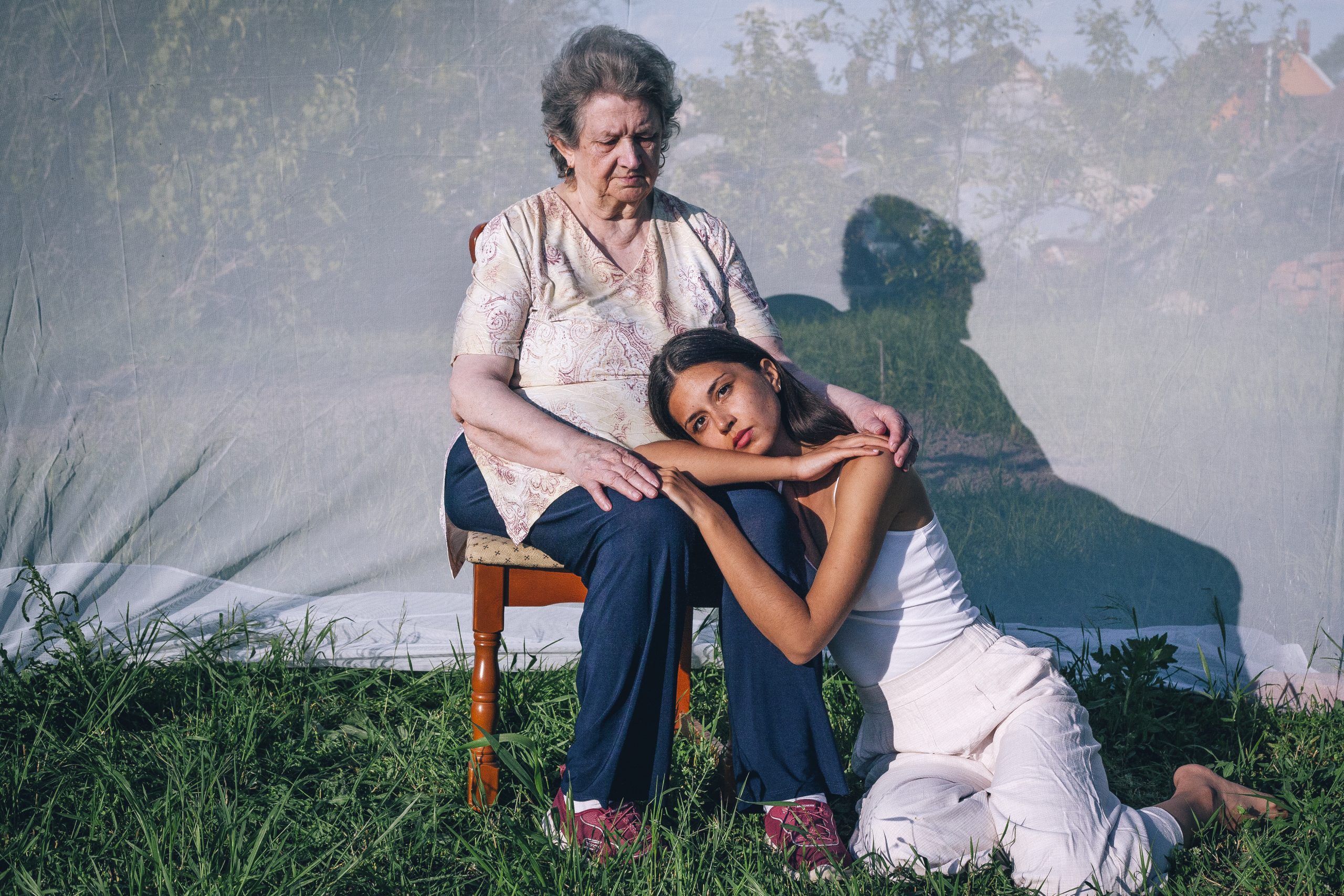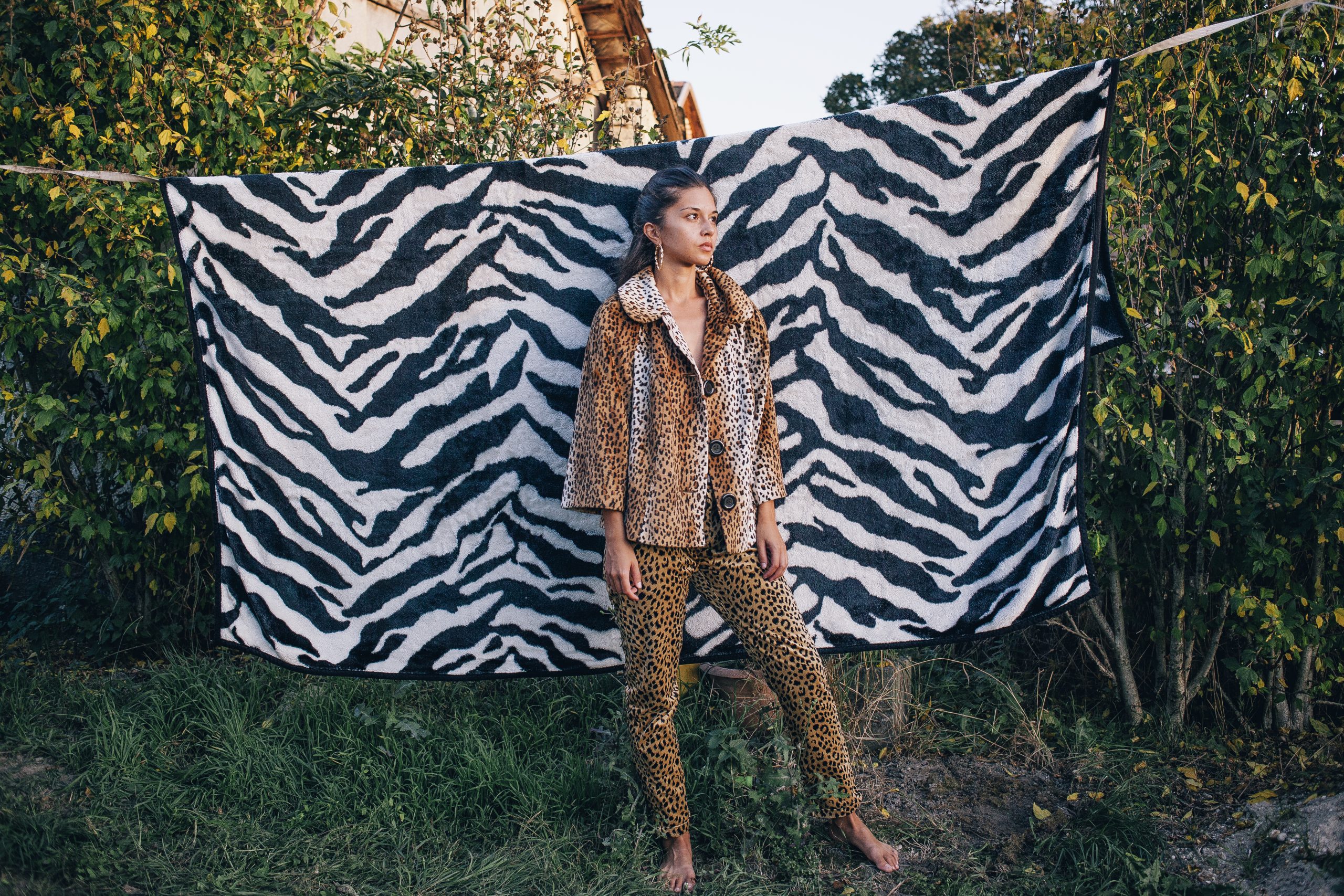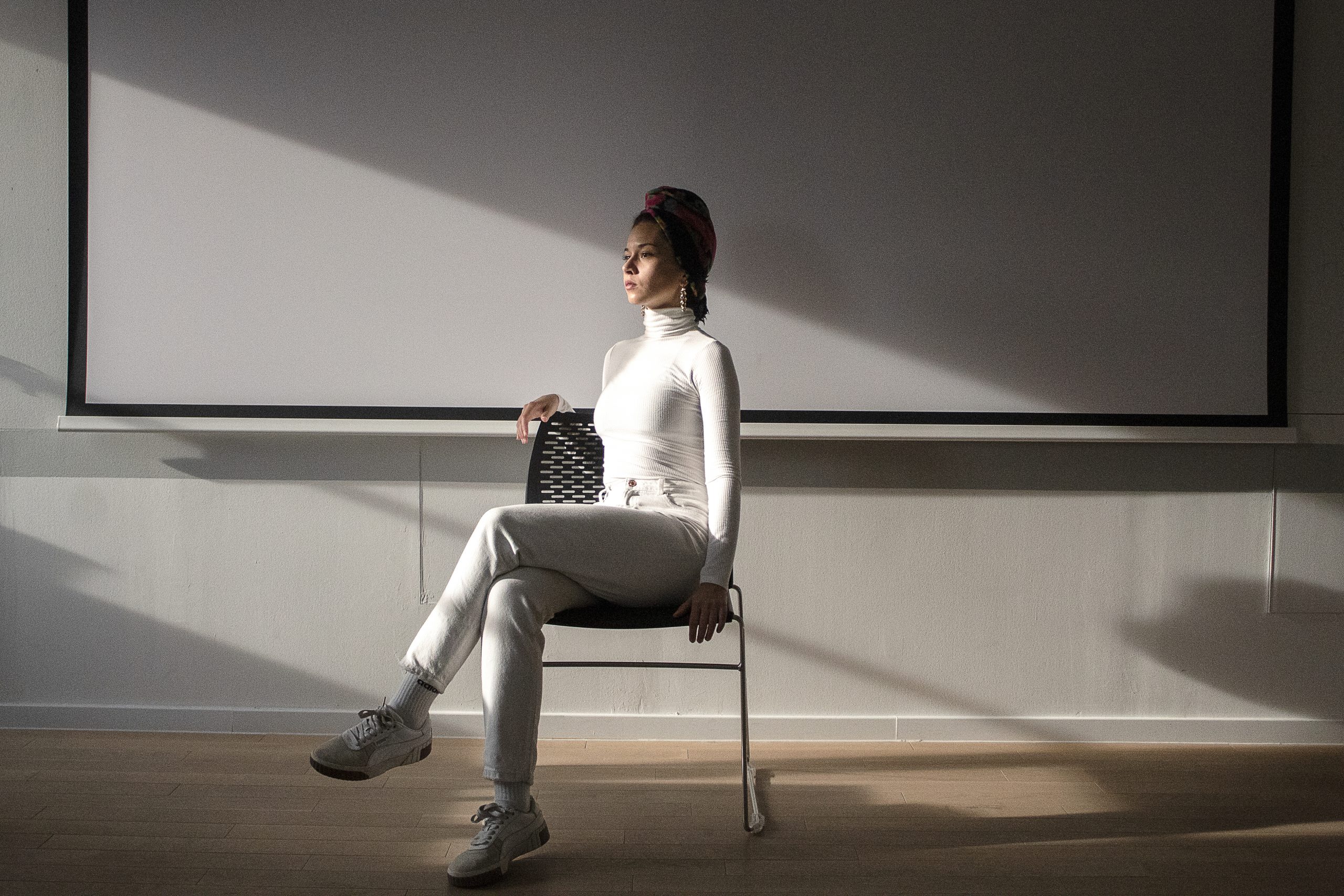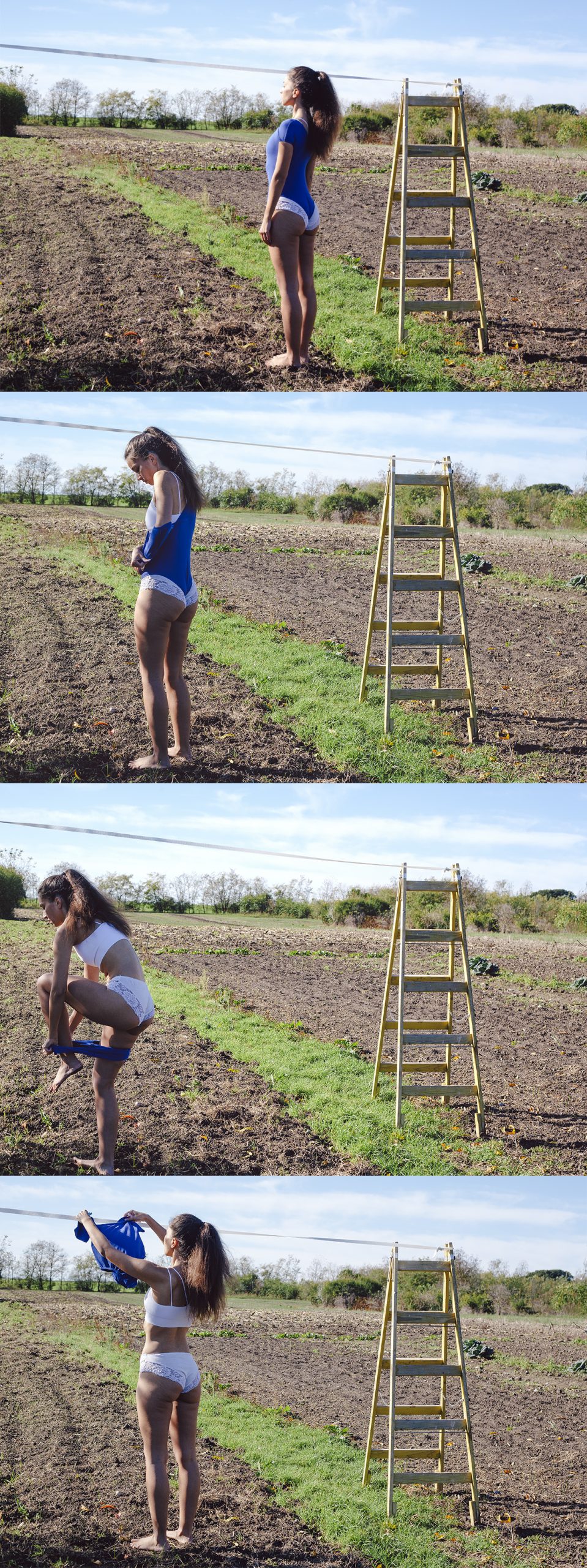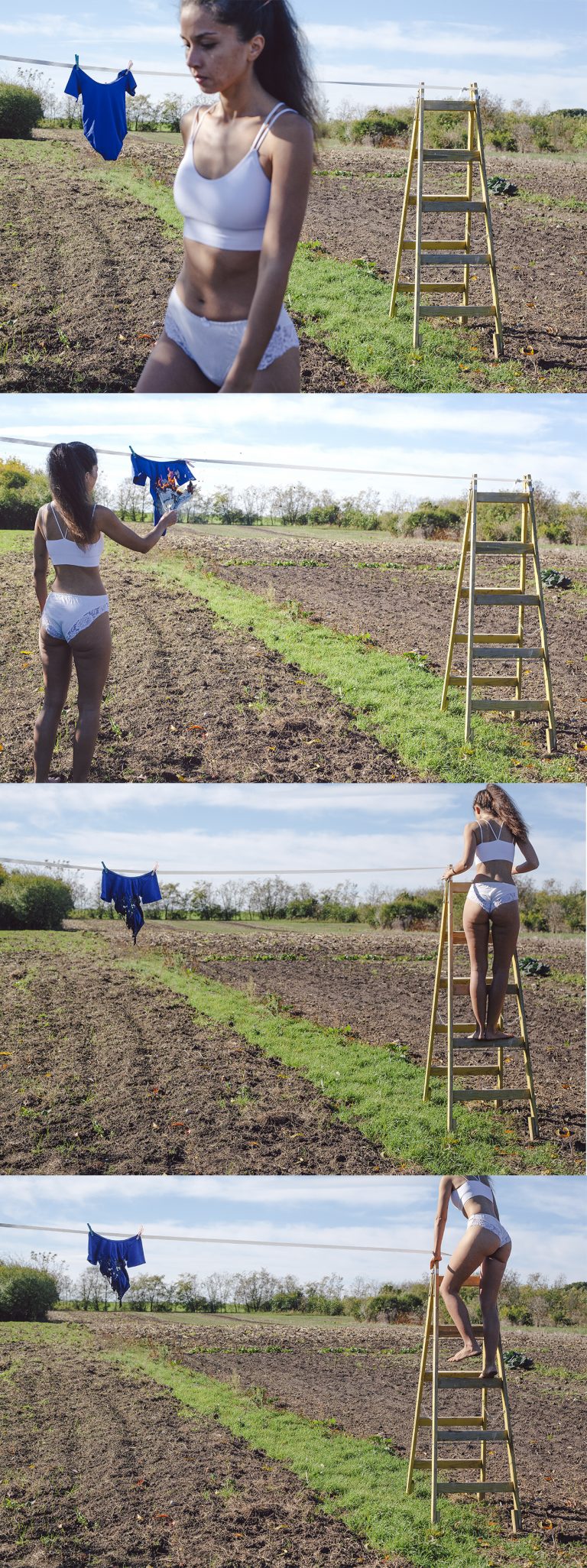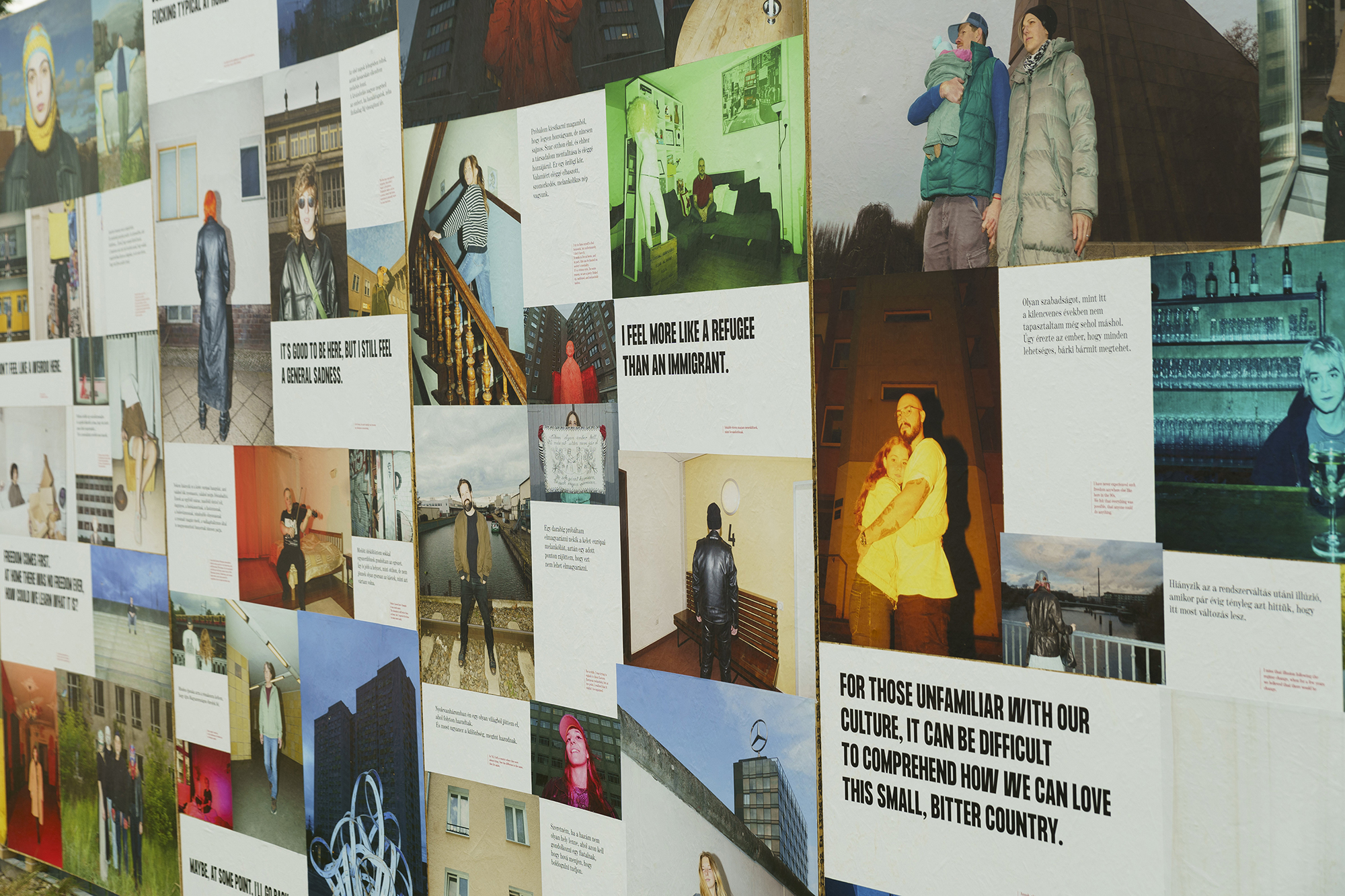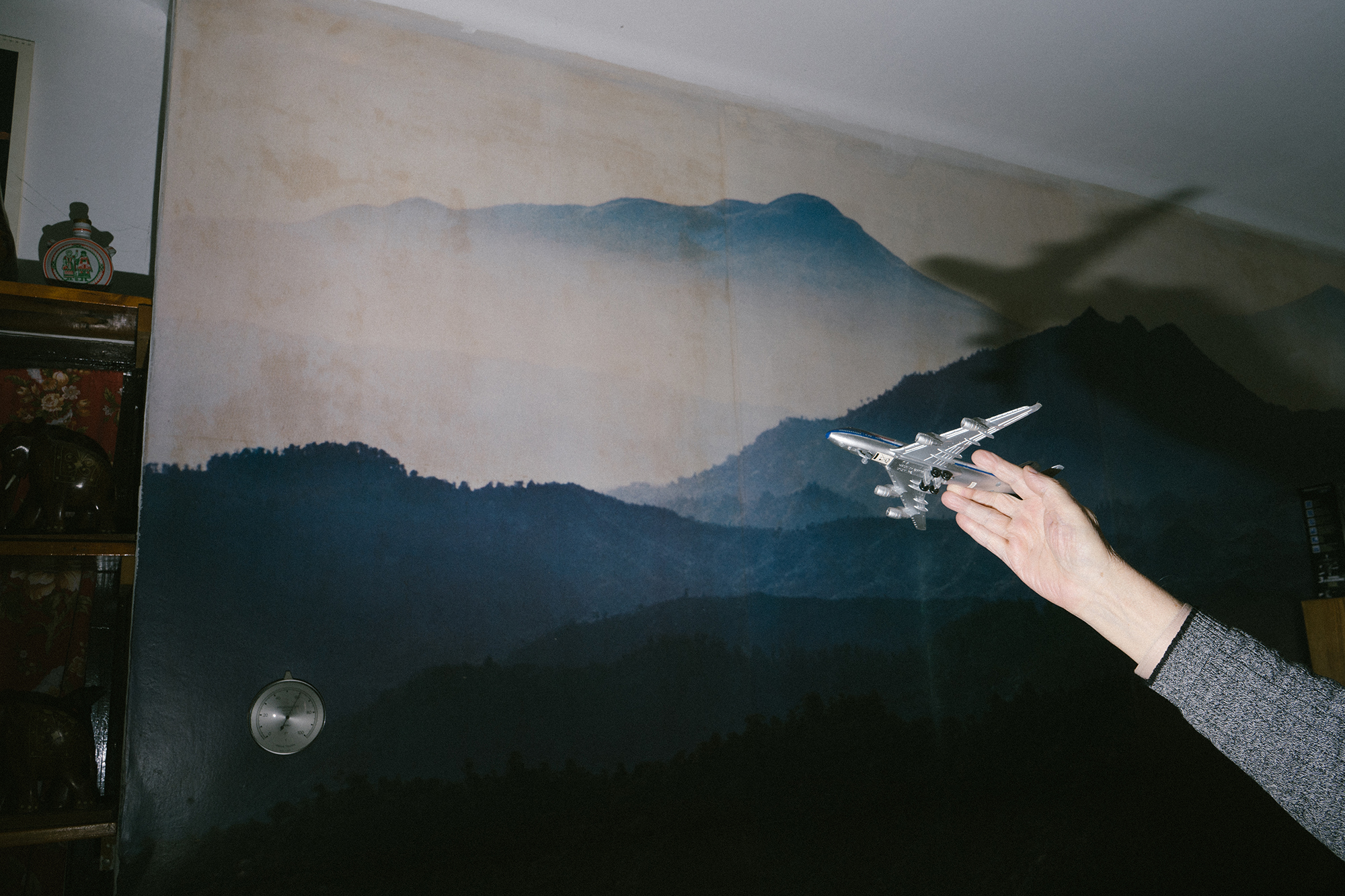

I will define who I am – On Anita Horváth’s photography series
The weight of words – whether carelessly dropped or deliberately hurled at us – resonates deeply within. We carry them from childhood into our adult lives, where they grow, fester, and distort our self-image like malignant tumours. These verbal tumours lurk within us all, but not everyone’s are fed by judgemental, identity-paralysing stereotypes. ‘In my first physical education class at primary school, a classmate standing next to me in the line turned to me and asked if I was a Gypsy. At that time, I had no idea; I just answered that I didn’t know’, recalls Anita Horváth. In her series you’re not like that, Anita undertakes the formidable task of challenging the external gaze that seeks to define her. The stakes are high: reclaiming the power of interpretation.
‘You’ll never amount to anything because you’re nothing but a little Gypsy whore; the worst kind; mixed-blood; a foreign body; choose someone from your own kind; it might be your job at university to make us more sensitive; you’re not even really a Gypsy’ – these are just a few of the fragments from the memories of Anita and other Roma women. The portrait that emerges from these harshly etched words is one constructed through the distrustful gaze of the majority society – a portrait of the Other. The Other has no face, no name, no voice; it is a homogenous, silent mass shaped by fear of the unknown and narrow-mindedness. Stripped of individuality, the Other is reduced to one-word generalisations, locked in a pre-labelled box.
‘Even before I could decide for myself which aspect of my identity I would embrace, when and how, others were already contextualising my Romani heritage based on external traits and racial markers.’
The identity of the Other has been stolen. Until the mid-20th century, the depiction of Roma was the prerogative of artists from the majority society [1]. However, during the Kádár era, Romani intellectuals began to use art as a tool for emancipation [2]. There are significant achievements: Tamás Péli’s painting of the Romani origin myth, long forgotten, was eventually exhibited at the Budapest History Museum and the documenta exhibition in Kassel. Omara’s subversive performances and visceral works capturing the Romani existential experience have left a lasting imprint on both the Hungarian and international contemporary art scenes. Nevertheless, with the absence of Romani authors from school curricula, Romani painters from museum collections, and the Roma Parliament from Tavaszmező Street, it is difficult to speak of satisfactory visibility.
In this gaping representational void, Anita’s photographs resonate like a cry torn from the chest. ‘For me, my Romani identity is not just an ethnicity but a perspective from which I view the world.’ The medium of the self-portrait allows her to present herself through her own eyes, shedding stereotypes along with the blue gym suit she wore in that physical education class and reclaiming the right to self-definition. These images serve as a training ground for her newfound power, where Anita, wavering between her Romani and non-Romani heritage, searches for herself. Her portraits with family and friends do not engage in debate with prejudiced remarks; rather, they appropriate them – the cavalcade of skin tones and facial features highlights and celebrates differences as well as similarities.
And where the loud leopard print dress worn boldly in the garden of her home is softened to an understated, white outfit within the walls of a university in Budapest, the Other suddenly ceases to exist. In its place stands a young woman with a face, a name, and a voice, a budding artist whose quest for self-discovery is one we can all relate to – a Self that despite her different experiences and challenges is equally complex, cannot be described by one-word statements or pigeonholed.
// /
Anita Horváth’s diploma project titled you’re not like that was created at the Photography MA programme of Moholy-Nagy University of Art and Design with Éva Szombat as her supervisor.
[1] Zoltán Beck (2020). A megszólalás üres helye: Romológiáról és más dolgokról. (The Empty Place of Speaking: On Romology and Other Matters.) Napvilág Kiadó.
[2] For more on the era, watch this interview with minority researcher and cultural manager Ágnes Daróczi.

